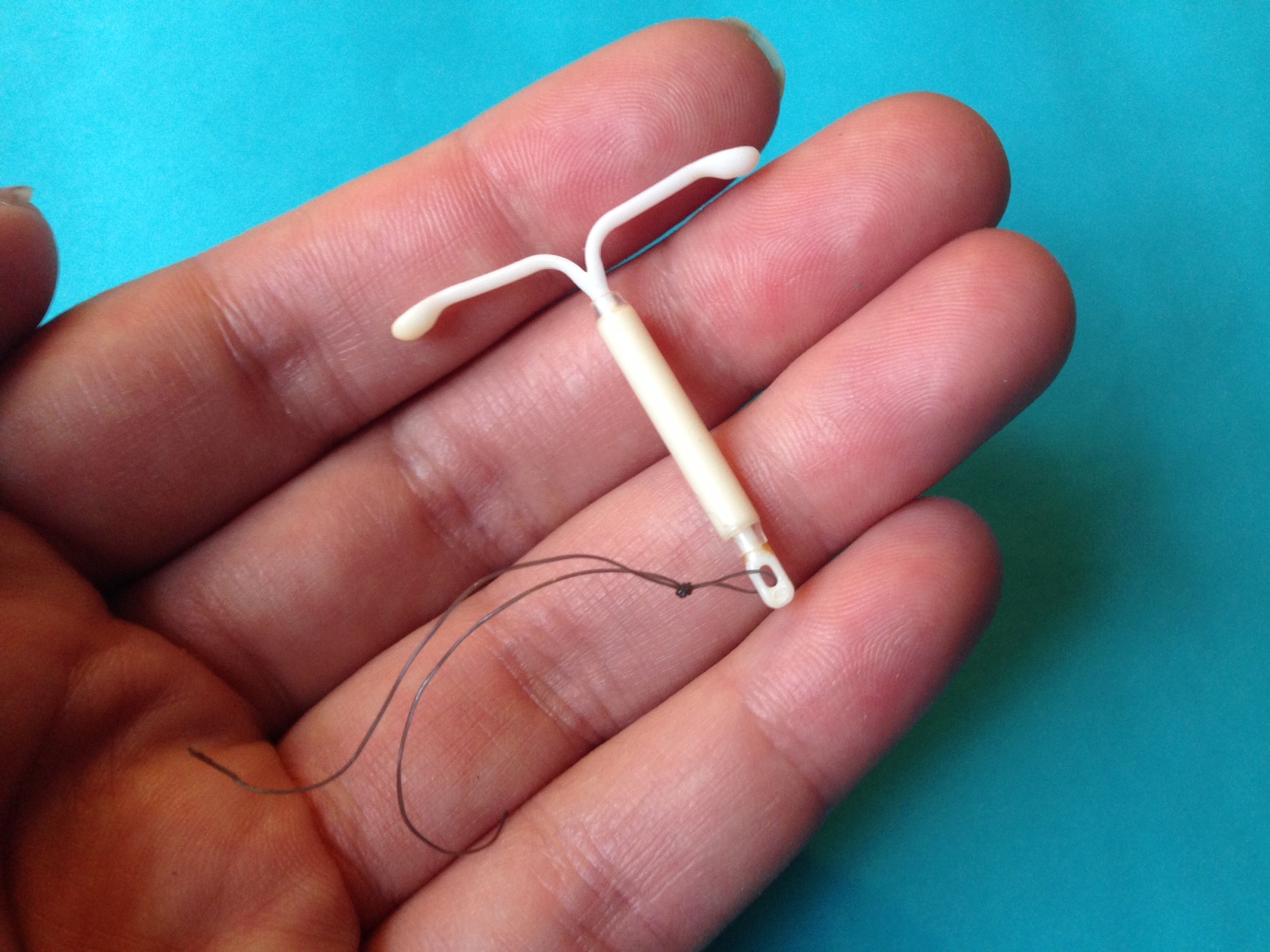On Intra-Uterine Drug Delivery System - A Review
An Intrauterine Device (IUD) is a small piece of plastic that is inserted by a clinician into the uterus to prevent pregnancy. It is approximately 1½ inches (3cm) in length. There are several different types of IUDs. The most common IUD is T-shaped and coated with copper. This can be left in the uterus for 2-5 years. Another type of IUD contains a hormone (progestin) but it needs to be replaced once a year.
The whole 22 pages article is available for download here.
Attached to the IUD are two plastic threads or strings that hang down through the cervix into the vagina. The cervix is the opening to the uterus. The threads or strings do not hang outside the body. The IUD can also be used as an emergency method of birth control. An IUD is a good option for women who want a highly effective, long-term, easily reversible method of contraception. It can be an appropriate choice for women who can't use certain hormonal methods like birth control pills. An IUD won't protect you from sexually transmitted infections (STIs) and isn't recommended for women at high risk for STIs. The copper IUD may also be used for emergency contraception. If it's inserted within five days after unprotected sex, it's more effective than taking emergency contraceptive pills. Plus you can just leave it in for ongoing contraception. If an IUD is inserted within 7 days after unprotected vaginal sex it may prevent a pregnancy. An IUD is a small soft T-shaped device with a nylon string attached. An IUD is inserted into the uterus (womb) by a health-care provider with specialized training. Exactly how the IUD works to prevent pregnancy is not fully understood. The IUD may: Cause slight inflammation of the lining of the uterus so that a fertilized egg cannot implant. Interfere with the movement of sperm or kill sperm Speed up the movement of the egg through the Fallopian tube. The IUD is 98% effective in preventing pregnancy. A clinician must insert an IUD. It is usually done when you are on your period. The clinician will perform a pelvic exam and check to see where your uterus is positioned. They will then insert a speculum into your vagina to see your cervix and then wash your cervix with an antiseptic solution. Next an IUD is put into your uterus and the strings are cut just below your cervix. IUD insertion can be uncomfortable. You may want to take pain pills before you have an IUD inserted. Removal of an IUD must also be done by a clinician.
Intrauterine Device (IUD) is a small object that is inserted through the cervix and placed in the uterus to prevent pregnancy. A small string hangs down from the IUD into the upper part of the vagina. The IUD is not noticeable during intercourse. IUDs can last 1-10 years. They affect the movements of eggs and sperm to prevent fertilization. They also change the lining of the uterus and prevent implantation.IUDs are 99.2-99.9% effective as birth control. They do not protect against sexually transmitted infections, including HIV/AIDS. Insertion of an IUD takes only about 5 to 10 minutes. Your health care provider will first do a pelvic exam to measure the size, shape, and position of your uterus and other reproductive organs. Your health care provider will then put antiseptic solution onto your cervix. The IUD will be inserted up through the opening of your cervix into your uterus. It is put inside using a special applicator that keeps the IUD flat and closed until it is at the top of your uterus. You may feel cramping, but it usually is not much. After the IUD has been inserted, your health care provider will cut the string at the end of the IUD so that it is short enough where it won't bother you or partner. It will be long enough so you can check to make sure that the IUD is in place. Your health care provider will then talk with you about what you need to do about checking the string. An IUD prevents pregnancy by stopping sperm from reaching an egg that your ovaries have released. It does this by not letting sperm go into the egg. An IUD also changes the lining of the uterus so an egg does not implant in the lining if it has been fertilized. Therefore, the egg has no place to grow. IUDs are the most effective form of nonpermanent birth control. They are more than 99% effective. This means that if 100 women use the copper IUD or the levonorgestrel IUS, less than 1 woman will become pregnant in a year. Every month a woman's ovary produces an egg. When a man ejaculates, his semen contains millions of sperm. It takes only one of these sperm to fertilise an egg and begin a pregnancy. If a couple has sex (penis in vagina) and do not take precautions, there is a high risk of pregnancy. Using contraception allows you to have sex and avoid an unintended pregnancy. Women at low risk of contracting sexually transmitted infections Women who cannot or do not wish to take The Pill. An intrauterine device (IUD) usually is a small, flexible plastic frame. It often has copper wire or copper sleeves on it. It is inserted into a woman's vagina through her uterus. Almost all brands of IUDs have two strings, or threads, tied to them. The strings hang through the opening of the cervix into the vagina. A provider can remove the IUD by pulling gently on the strings with forceps.
The whole 22 pages article is available for download here.

